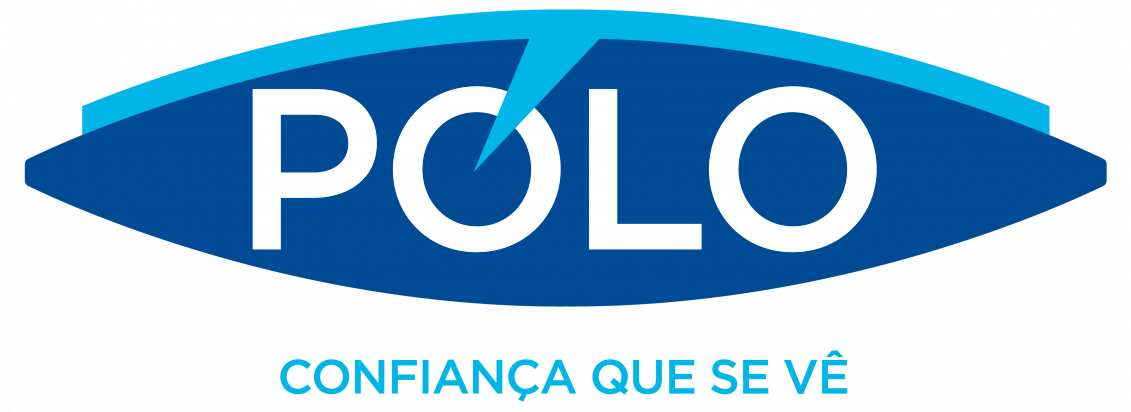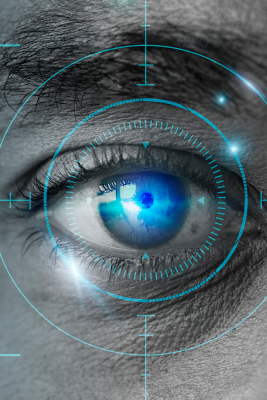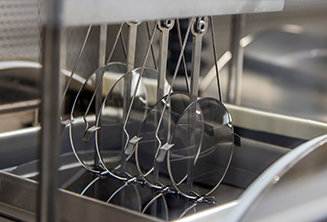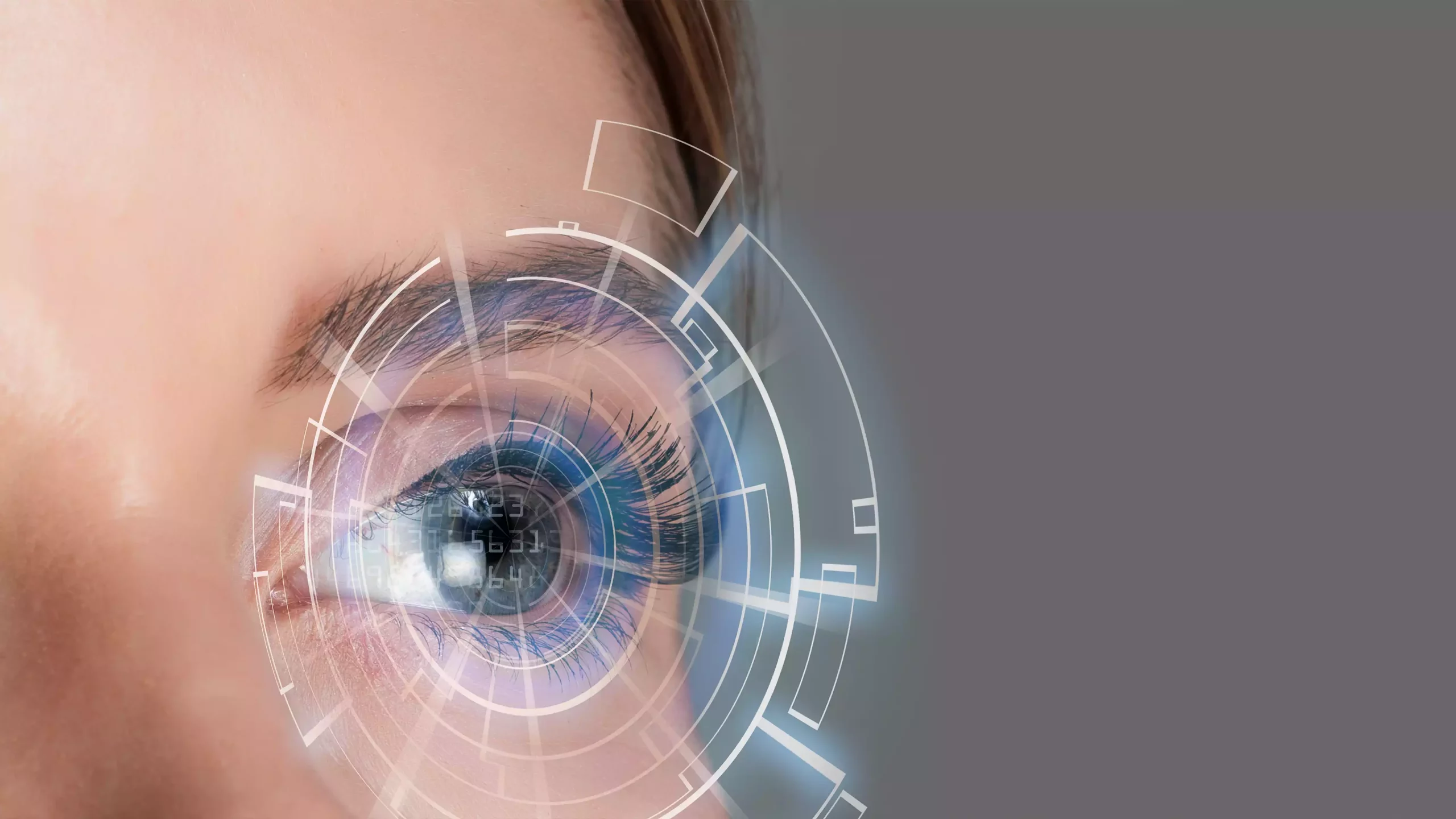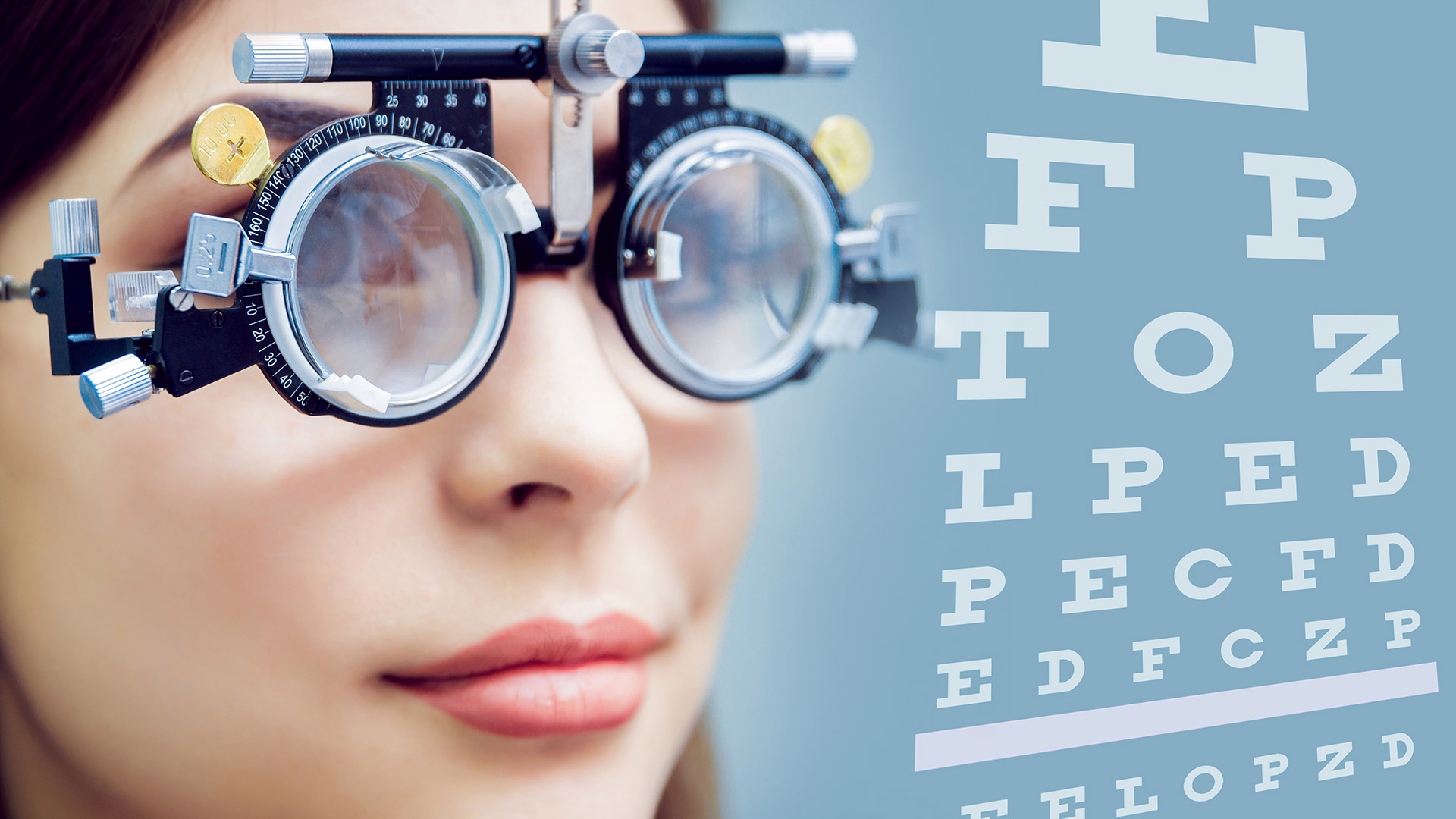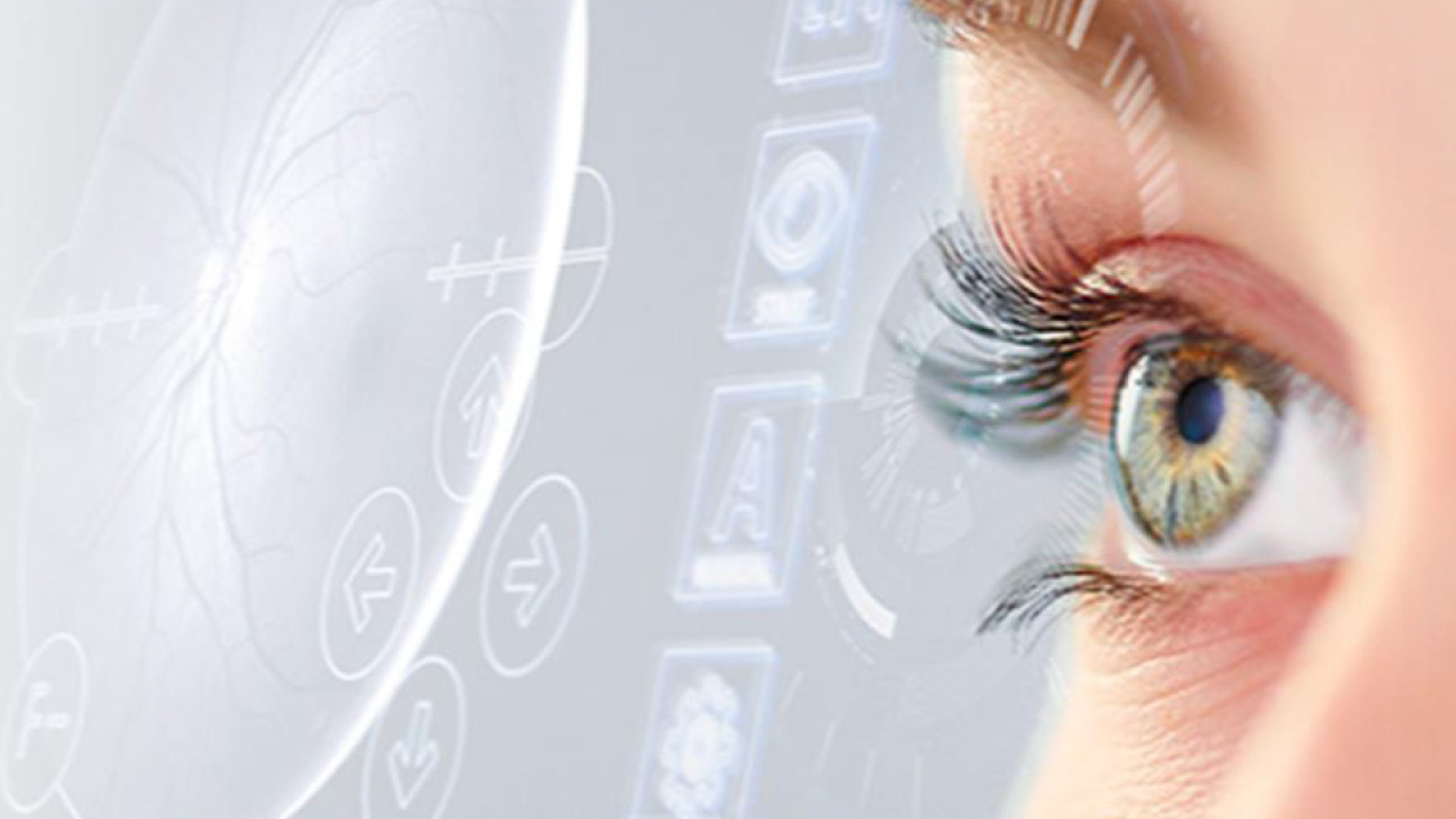IMPROVING EYESIGHT
Most visual anomalies such as myopia, hypermetropia, astigmatism or presbyopia can be corrected by choosing glasses with the right lenses, giving you a clear vision! How do you know which lenses are most suitable for each anomaly and for your vision problem?
SINGLE VISION LENSES
for Myopia, Hypermetropia, and Astigmatism
Single vision lenses are lenses that have only one focus, having the ability to correct distance (myopia) or near ((hypermetropia) vision, but not both simultaneously. Therefore, these lenses have the same correction over the entire lens surface. These lenses help correct all eye disorders considered “simple”, such as myopia, hypermetropia or astigmatism
Discover the various single vision lenses that we have available and consult your optician.
BIFOCAL LENSES
or distance and near vision problems
Bifocal lenses, as the name implies, are lenses with two dioptric powers, one for far vision and the other for near vision in a different field, commonly called “close window”, allowing users to clearly see objects both near and afar. These were the first lenses created to correct presbyopia and are still used by people looking for an alternative to progressive lenses or who are used to/adapted to this type of lens.
FOR WHOM
People from 45-50 years old, with presbyopia or “eye strain”, as it is commonly known, who are looking for an alternative to progressive lenses.
PROGRESSIVE LENSES
for Presbyopia
Over time our body undergoes different changes, and so do our eyes! Usually from the age of 40, we begin to feel eye fatigue (presbyopia). This condition is associated with loss of elasticity in the eyes, which become less able to focus.
Result: objects look blurred and shaky (especially at close range). Progressive lenses are the solution for this issue, as they incorporate, in a single lens, improved eyesight in near, intermediate, and far ranges, with smooth transitions between them.
Progressive lenses thus offer easy, clear vision, both near and afar, without visual “bumps” or transitions when switching from near to far, and vice versa. These lenses allow users to see well up close (they help them when reading, for instance), in the intermediate range (when sitting at the computer), and afar (when driving, for instance), as they have different powers in the same lens.
What is the advantage? You only wear one pair of glasses, without having to change them all the time, and you can have good focus at all distances, in a simple, effortless way.
